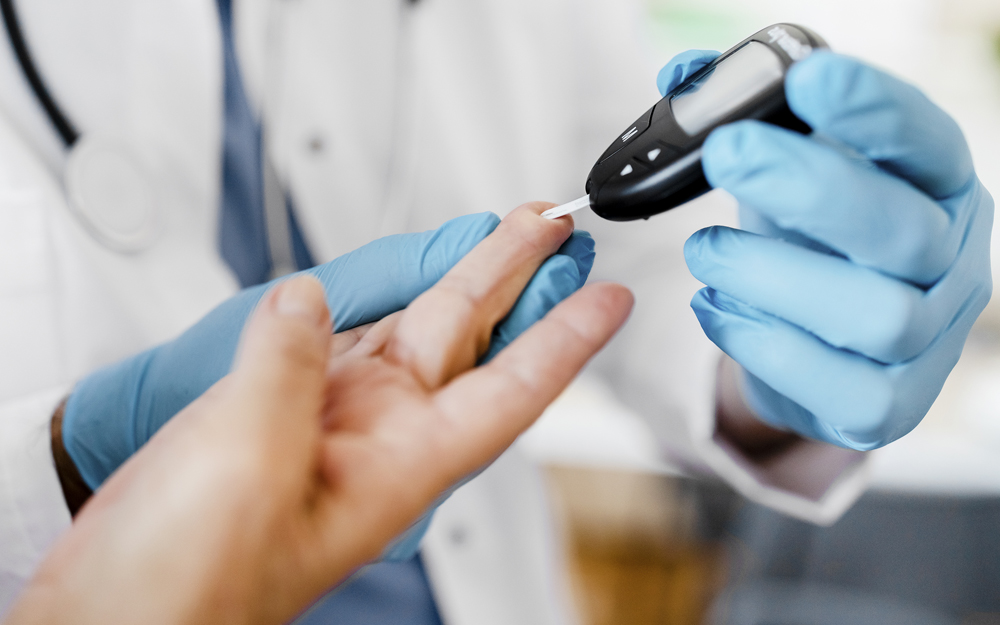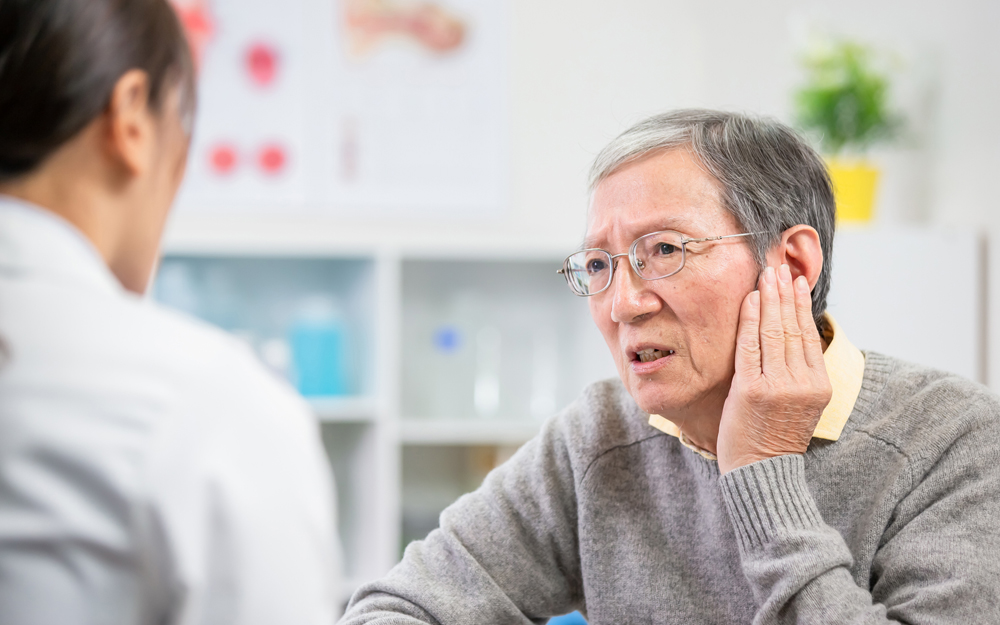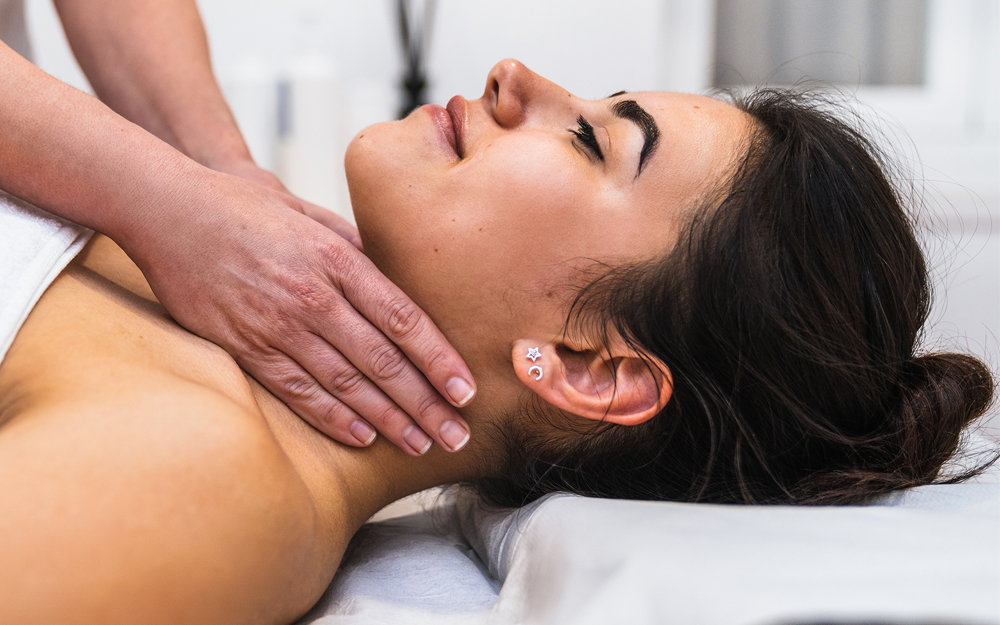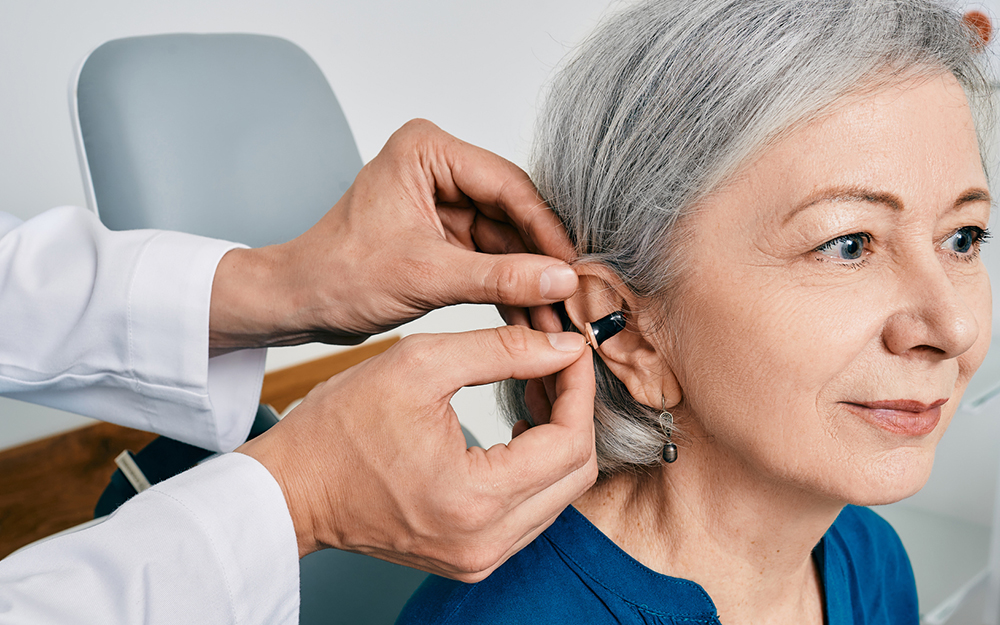Skin Cancer Prevention and Sun Protection Basics for Dark-Skinned Kids
Date
July 25, 2022
Credits
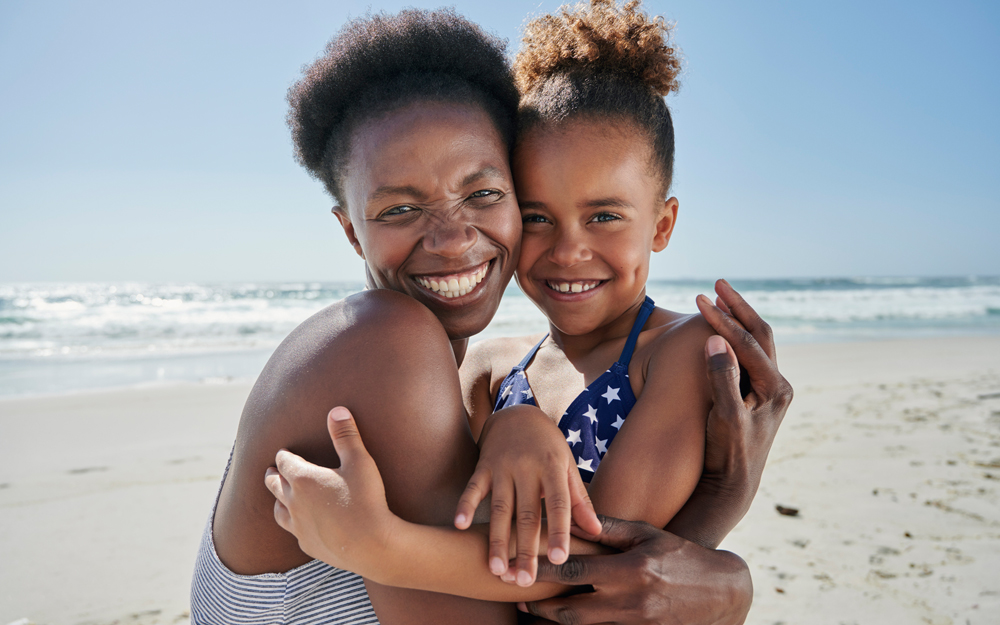
Date
July 25, 2022
Credits
Medical providers featured in this article
In Brief
{{cta-block}}
As children, people who have dark skin may have been told that they don't need to worry about skin cancer. But with the globe's thinning ozone layer, sun protection is critical no matter what your age or skin color.
"The rates of pediatric skin cancers are low," says Dr. Jasmine Obioha, a dermatologist at Cedars-Sinai. "However, the effects of sun exposure are cumulative, and getting frequent or severe sunburns during childhood dramatically increases your risk of developing skin cancer later in life."
"Instead of red, swollen, blistery skin, people with dark skin are more likely to have hyperpigmentation. They may also have peeling skin, just like people with light-colored skin."
{{providers}}
Dark skin and skin cancer
People who have dark skin, such as African Americans and Latinos, have more melanin in their skin. Melanin has an inherent sun protective factor (SPF) of 6 or 7, so dark-skinned people have a lower risk of sun-related skin cancers. As a result, they may be screened less often and with less scrutiny.
"Unfortunately, that means patients of color tend to get diagnosed with these cancers later when outcomes are worse," Dr. Obioha says.
There are three main types of skin cancer to watch for:
1. Basal cell carcinoma: Basal cell carcinoma (BCC) is associated with sun exposure among all skin types, and it's the most common form of skin cancer. BCCs typically develop on areas of the skin that get the most sun exposure, such as the face, ears, neck, scalp, shoulders and back.
2. Squamous cell carcinoma: Squamous cell carcinoma (SCC) is linked to long-term exposure to UV radiation. For people with dark-colored skin, SCC is often unrelated to sun exposure.
"For this population, predisposing factors are burns and chronic inflammation due to other conditions," Dr. Obioha explains. "Skin ulcers and unhealing wounds also are more prone to developing squamous cells."
3. Melanoma: Melanoma is the most dangerous form of skin cancer. It develops from melanocytes, the skin cells that produce melanin. In ethnic skin, melanoma is often found in sun-protected areas like the toes and fingers.
Sun protection basics
Don't let the fear of sunburn—or skin cancer—prevent you from enjoying the great outdoors. Just try to schedule outdoor activities before 10 a.m. or after 3 p.m. (when UV rays aren't as strong). Also, avoid direct sunlight when possible, apply sunscreen and consider wearing sun-protective clothing for extra protection.
When it comes to selecting sunscreen, follow these basic guidelines:
1. Select broad-spectrum: Choose a brand that protects against both UVA and UVB rays. Mineral-based sunscreens that contain zinc oxide and titanium dioxide tend to perform the best against these harmful rays. They're also less irritating to sensitive skin (and eyes) than chemical sunscreens. But here's the rub: Mineral sunscreens are white, and they can be difficult to blend into dark skin. If that's a deterrent for your child, choose a chemical-based sunscreen.
"The best sunscreen is the one you will use," Dr. Obioha says.
2. Pay attention to SPF: Make sure your sunscreen has an SPF of at least 30, and wear it every day, even if you're staying indoors.
"If you're sitting by a window at home or at work or you're driving in a car, you still need to wear sunscreen with an SPF of 30 or higher," Dr. Obioha says.
Take note: makeup that has an SPF on the label does not qualify as sunscreen.
3. Reapply regularly and don't be stingy: If you're spending the day in the sun, make sure to reapply sunscreen every two hours. Sweating or swimming? You should slather up every 90 minutes.
In the Newsroom: Sun Safety for Young Athletes
What to do if you get burned
While it's true that melanin offers some protection against the sun, that doesn't mean that kids with dark skin can't get burned. It may just look a little different.
"Instead of red, swollen, blistery skin, people with dark skin are more likely to have hyperpigmentation," Dr. Obioha says. "They may also have peeling skin, just like people with light-colored skin."
If, despite your best efforts, your child gets burned, apply cool compresses, aloe or over-the-counter hydrocortisone cream to the affected areas. And make sure your child begins seeing a dermatologist for regular skin checks by age 18. (Children with large birthmarks or other skin lesions often need monitoring well before age 18.)
"Most people should see a dermatologist at least annually after age 18," Dr. Obioha says. "If you have a lot of moles, or other risk factors, such as lupus or hyperpigmentation, you may need to schedule more frequent visits."


